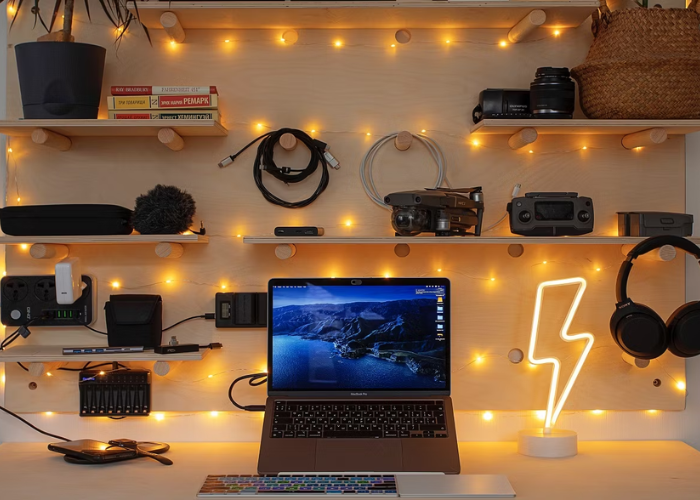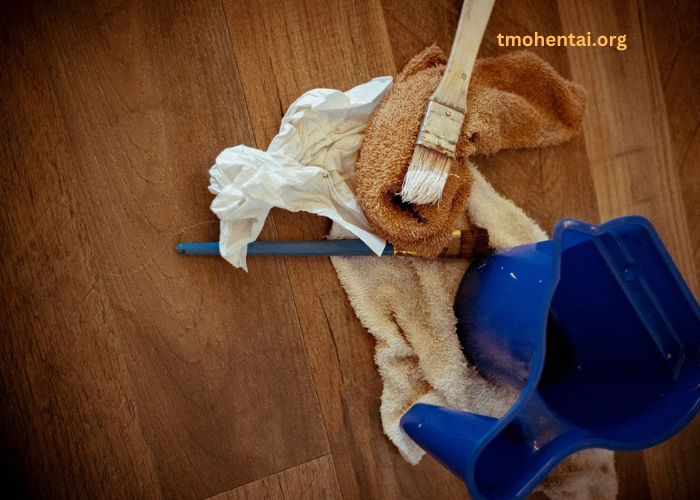DIY projects have become more and more popular in recent years, with people of all ages and skill levels taking on projects of all sizes and complexities. From small craft projects to large remodeling projects, DIY projects can be a great way to save money, develop new skills, and create something unique and special.
For those just getting started, there are a variety of simple and easy projects that can be done with minimal tools and materials. These projects are perfect for beginners, allowing them to get comfortable with the basics of DIY before taking on bigger projects.
Projects for Beginners
For those just getting started, there are a variety of simple and easy projects that can be done with minimal tools and materials. Some of the most popular projects for beginners are home decor projects, such as painting, framing, and hanging artwork. Other popular beginner projects include furniture upcycling, wallpapering, and creating custom curtains.
These projects are great for those who are just getting started with DIY, as they don’t require many tools or materials. Most of these projects can be completed in a few hours, and require little more than a few basic tools and materials.
Intermediate DIY Projects
Once you’ve gotten comfortable with the basics of DIY, you can move onto more advanced projects. Intermediate DIY projects are great for those looking to take their skills to the next level, as they require a bit more time and effort. Popular intermediate projects include painting walls, installing tile, and creating custom furniture.
These projects require more tools and materials than beginner projects and generally need to be completed over a few days. They can be a great way to learn new skills and create something unique, and can often save you money compared to hiring a contractor.
Advanced DIY Projects
For those with more experience, advanced DIY projects can be a great way to challenge yourself and create something truly unique and special. These projects can be anything from large remodeling projects to complex woodworking projects. Examples of advanced DIY projects include building a deck, installing a backsplash, and refinishing furniture.
These projects require a great deal of time, effort, and materials, and often require more expensive tools than beginner projects. It’s important to be prepared for these types of projects, as they can be costly and time-consuming.
Space Considerations
Before beginning any DIY project, it’s important to consider the space you have available. Depending on the size of the project, you may need a large, open workspace. If you don’t have a large workspace, you may need to rent a space or find a way to work in a smaller area.
It’s also important to consider the space where the project will be completed. If you’re doing a large remodeling project, you may need to move furniture or clear out a room. If you’re doing a smaller project, like painting a wall, be sure to cover any furniture or floors near the area.
Tools and Materials Needed
When planning any DIY project, it’s important to consider the tools and materials you’ll need. Beginner projects generally require only basic tools and materials, such as a hammer, nails, and paint. For more advanced projects, you may need to invest in more expensive tools, such as a table saw or a miter saw.
When gathering materials for your project, be sure to purchase quality materials that will last. If you don’t have the tools or materials you need, consider renting them or borrowing them from someone you know.
Tips for Successful DIY Projects
DIY projects can be a great way to save money and create something unique and special. However, they can also be time-consuming and costly if not done properly. Here are a few tips for successful DIY projects:
- Read the instructions carefully and follow them exactly.
- Take your time and be patient.
- Measure twice, and cut once.
- Use quality materials and tools.
- If you don’t know how to do something, research it or ask an expert.
- Have fun and be creative.
Conclusion
DIY projects can be a great way to save money, develop new skills, and create something unique and special. Whether you’re a beginner or an experienced DIYer, there’s a project for everyone. With the right tools, materials, and a bit of patience, you can create something truly special.





